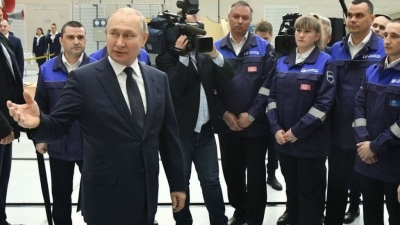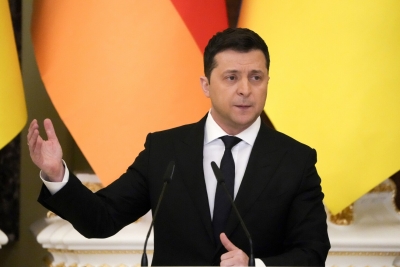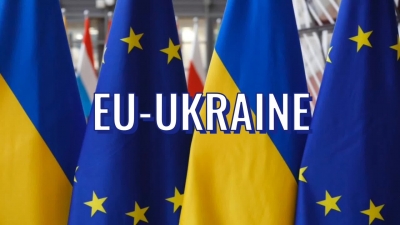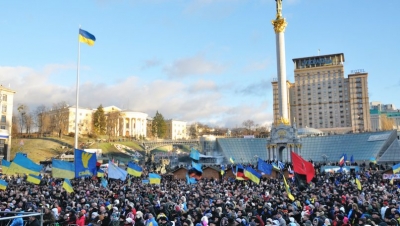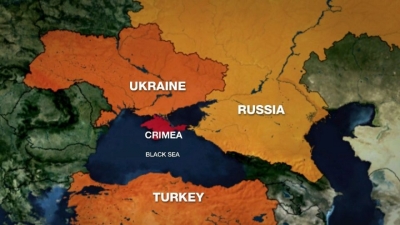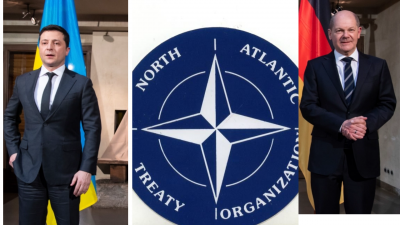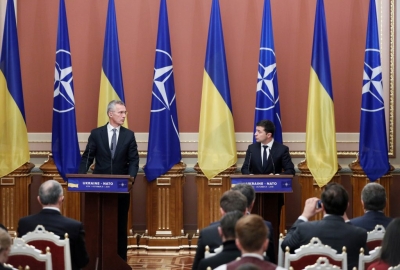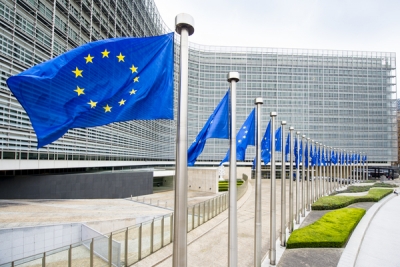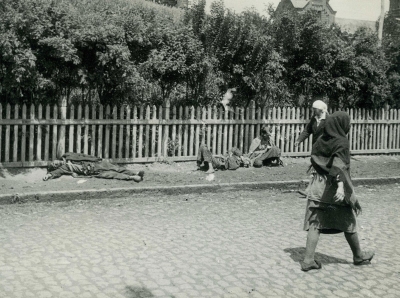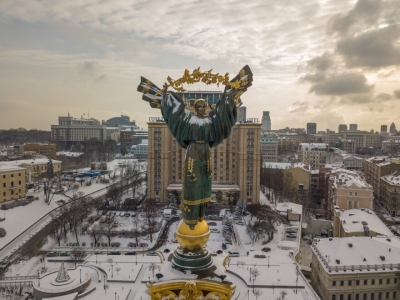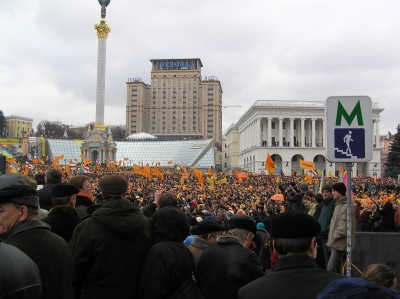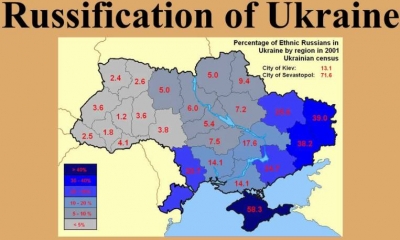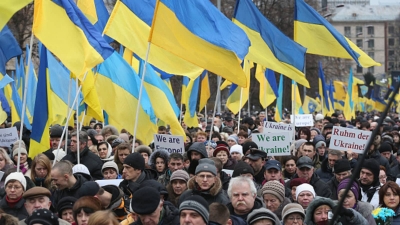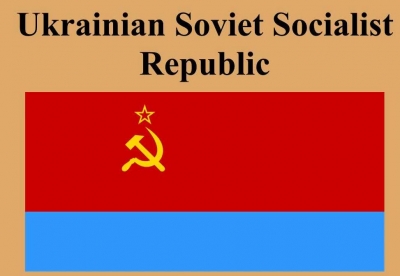When did the Russian invasion of Ukraine begin?
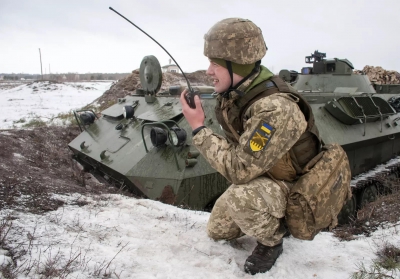
Russia invaded Ukraine on 24 February 2022. It was considered as an act of aggression globally. The invasion has triggered Europe’s largest refugee crisis after World War II. More than 4.3 million Ukrainians left the country and a quarter of the population got displaced.
In a broadcast shortly before the invasion, Russian president Vladimir Putin questioned Ukraine’s right to statehood, and alleged that Ukraine was dominated by neo-Nazis, who persecute the ethnic Russian minority. Putin also said that NATO has posed a threat to Russia’s security by expanding eastward since the early 2000s (this accusation was disputed by NATO.) On this premise, Russia demanded that Ukraine be barred from joining NATO.
The invasion began on the morning of 24 February, when Putin announced a “special military operation” to “demilitarise and denazify” Ukraine. Missiles and airstrikes hit across Ukraine, including the capital Kyiv, which was followed by a large ground invasion from multiple directions. In response to this attack, Ukrainian president Volodymyr Zelenskyy enacted martial law and general mobilization. The country was severely affected, but Ukrainians put up a strong resistance against the mighty Russians.
Even in the middle of the invasion, peace talks were going on in Turkey. Several countries put sanctions on Russia and many multinational companies stopped their services in Russia.
Picture Credit : Google
